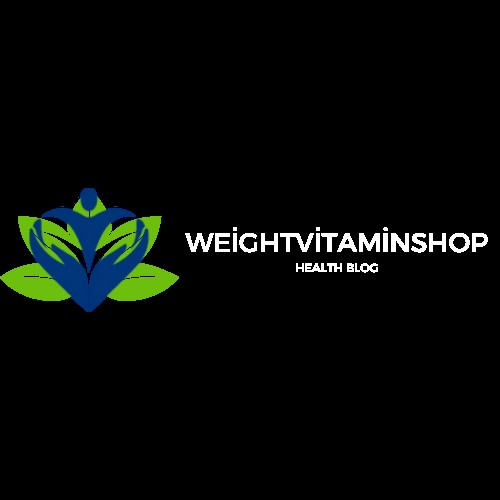
In today’s health-conscious world, protein has gained tremendous attention for its crucial role in supporting various bodily functions. Whether you are an athlete, fitness enthusiast, or simply aiming for a healthier lifestyle, understanding the importance of protein intake and identifying nutrient-rich sources is essential. In this comprehensive guide, we will explore the benefits of protein, with a focus on fish and seafood, chicken breast, and legumes. Let’s dive in!
Contents
The Importance of Protein:
Protein is often referred to as the building block of life due to its involvement in numerous bodily processes. It plays a key role in tissue repair, muscle growth, immune function, and the production of enzymes and hormones. Furthermore, protein aids in maintaining healthy skin, hair, and nails, as well as supporting weight management by promoting satiety and regulating blood sugar levels.
Protein Intake Recommendations:
The optimal protein intake varies based on factors such as age, weight, activity level, and overall health. As a general guideline, the Recommended Daily Allowance (RDA) suggests consuming 0.8 grams of protein per kilogram of body weight for adults. However, athletes and individuals engaged in intense physical activities may require higher protein consumption to support muscle recovery and growth.
Fish and Seafood as Protein Sources:
Fish and seafood have long been celebrated as excellent sources of lean protein. Not only are they low in saturated fats, but they also provide essential omega-3 fatty acids, which have been linked to improved heart health and brain function. Incorporating fish and seafood such as salmon, tuna, shrimp, and trout into your diet allows you to enjoy a variety of flavors while nourishing your body with high-quality protein and essential nutrients.
Chicken Breast: A Lean Protein Powerhouse:
Chicken breast is a popular choice among fitness enthusiasts and health-conscious individuals due to its high protein content and low fat profile. Packed with vitamins and minerals, this lean protein source helps maintain muscle mass and aids in weight management. Grilling, baking, or roasting chicken breast with a sprinkle of herbs and spices creates a versatile and flavorful addition to your meals.
Unlocking the Potential of Legumes:
Legumes, including beans, lentils, and chickpeas, offer a plant-based protein source that is not only affordable but also highly nutritious. Packed with fiber, vitamins, and minerals, legumes provide a range of health benefits, including improved digestion, reduced cholesterol levels, and regulated blood sugar. Incorporating legumes into soups, stews, salads, or even as a meat substitute in vegetarian dishes, diversifies your protein sources while adding a delicious twist to your meals.
Protein Quality and Absorption:
While the quantity of protein consumed is important, the quality and absorption rate of the protein are equally crucial. Animal-based sources, such as fish, seafood, and chicken breast, are considered complete proteins, as they contain all essential amino acids required by the body. On the other hand, legumes are incomplete proteins, lacking certain amino acids. However, by combining legumes with grains or nuts, such as brown rice or almonds, you can form a complete protein meal that meets your body’s needs.
Incorporating Protein into Your Diet:
To ensure optimal protein intake, consider incorporating various protein-rich sources into your meals. For example, start your day with a protein-packed breakfast like a vegetable omelet with smoked salmon. For lunch, opt for grilled chicken breast on a bed of mixed greens, and for dinner, savor a satisfying lentil curry served with whole grain rice. Snacking on protein-rich foods like Greek yogurt or roasted chickpeas can help keep you energized throughout the day.
Conclusion:
Protein is an essential macronutrient that plays a crucial role in supporting overall health and wellbeing. By incorporating a variety of protein sources including fish and seafood, chicken breast, and legumes into your diet, you can meet your body’s protein needs while enjoying diverse and flavorful meals. Remember, moderation and balance are key to achieving a healthy and sustainable lifestyle. Fuel your body with the power of protein and reap the long-lasting benefits it offers.
Tags:
1. Protein Intake
2. Fish and Seafood
3. Chicken Breast
4. Legume
Elevate your fitness game with Puravive’s Advanced Fitness Tracker. This state-of-the-art device is designed to monitor your workouts, track your progress, and keep you motivated on your fitness journey. Stay ahead in your fitness goals with Puravive. Visit the Puravive Advanced Fitness Tracker Product Page.

